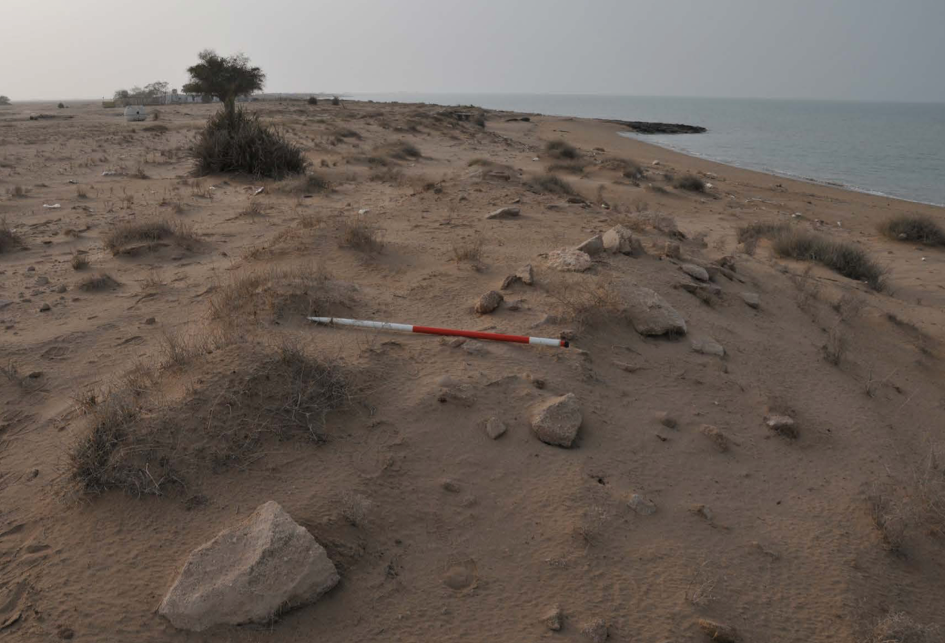Al-Quraniya village is settled in the middle of the north coast, in Falaika, on a hill overlooking the sea. Excavations have shown multiple traces of human settlements dating back to the late Islamic era in the 7th – 9th centuries AD. The site called “Al Quraniya” after a nearby hill in the northern region of the island, is an archaeological site discovered by a joint team of Kuwaiti and Italian archaeologists. Two years of excavations revealed the remains of buildings believed to be of Portuguese origin. The site includes many walls of houses built of coral and marine rocks. The houses include yards, bedrooms, and walls decorated with frescoes common to that period.
Traces of Islamic art are found on pottery and ceramics. In fact, turquoise pottery, glass bracelets, and Chinese white and blue porcelain pots were discovered, all characteristic of that era. This site has an important value as it is a testament of ancient civilizations and reflects their way of living and creativity.
Nowadays, the site is perched on a high hill from the surrounding area at about 6 to 8 meters above sea level and is considered the highest area in the region. It is composed of a castle established on the north coast of the island, traces of water wells, and an agricultural field on the southern side of the settlement. The Al Quraniya castle is covered in sand. The only visible parts are the foundations, the southern gate, and four circular towers in the corners.
Al Quraniya is considered to be one of the Islamic sites from the Islamic era, the second to be discovered in Failaka, and the fourth in Kuwait.

